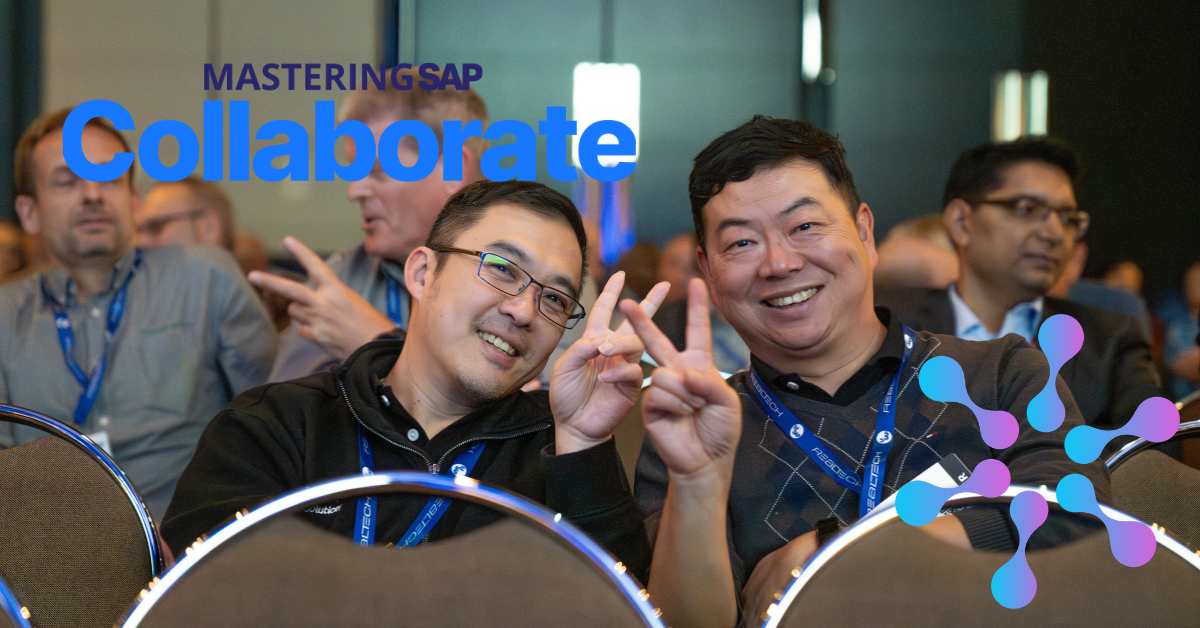Addressing the Challenges of Mobile Technology in Field Service
Meet the Authors
Key Takeaways
⇨ Prioritize user-centric design for frontline worker mobile solutions by actively engaging with field technicians to understand their specific needs and workflows, ensuring simplicity and intuitive navigation.
⇨ Simplify and streamline mobile workflows by eliminating unnecessary steps and consolidating applications to provide a seamless experience that allows frontline workers to efficiently access needed information.
⇨ Focus on functionality over aesthetics for field solutions, ensuring that mobile applications are reliable and practical for challenging environments, prioritizing performance to enhance worker productivity.
Digital transformation has revolutionized industries, yet a critical gap persists in how technology is designed and implemented for frontline workers. These individuals, often maintenance technicians and field service personnel, face unique hurdles when using mobile applications, that stem from a fundamental disconnect between providers and the realities of their work.
In a podcast with Skyllful, Bill Padula, Executive Vice President of Strategic Consulting at Evora IT Solutions discusses these challenges and highlights the critical importance of prioritizing field worker needs in digital transformation initiatives.
A Frontline Worker’s Unique Challenges
“Frontline workers face a distinct set of hurdles when interacting with mobile technology,” Padula says. “Their primary focus is on their core duties – repairing equipment, installing infrastructure, or providing on-site service and mobile applications are simply tools to facilitate these tasks.”
Explore related questions
Herein lies the challenge: Providers often overestimate the frontline workers’ interest in the technical intricacies of the application, prioritizing features and complexity over usability and speed.
Moreover, these workers operate in diverse and often demanding environments like harsh weather, noisy and potentially hazardous industrial settings, or cramped and dirty spaces. These conditions are far removed from the controlled environments where applications are typically developed and tested. Consequently, those applications can prove impractical and cumbersome in the field, which leads to frustration and resistance from the workforce.
According to Padula, a key reason solution providers struggle to understand the maintenance worker’s environment and mindset is their lack of direct experience and observation. Drawing from his extensive background in mobile technology, he emphasizes that this gap in firsthand insight is a significant challenge.
Resolving the Challenges
This disconnect is further amplified by the fact that digital transformation initiatives are often driven by corporate goals, such as cost reduction or improved efficiency, while overlooking the critical role of frontline workers.
To truly overcome these challenges, Padula stresses the importance of prioritizing the needs of field workers in digital transformation efforts. This, he explains, requires a fundamental shift toward a user-centric approach. He notes, “Providers must invest time in understanding the daily routines, challenges, and communication styles of frontline workers. Direct observation, ride-alongs, and user feedback sessions are essential for gaining these insights.”
Padula adds that simplifying digital solutions for frontline workers is also crucial. This means prioritizing functionality over aesthetics, focusing on core tasks, and eliminating unnecessary complexity.
Padula advocates for streamlining workflows, reducing the number of options available to users, and using clear, concise language that resonates with their experiences. “Give me one way,” he suggests, “and that one way works all the time.” This simplicity extends to the user interface, which should be intuitive and easy to navigate, even in challenging environments.
Ultimately, empowering the frontline requires a collaborative approach, where providers work closely with frontline workers to develop solutions that meet their specific needs. By understanding the challenges they face, simplifying digital tools, and prioritizing their input, organizations can unlock the true potential of digital transformation and empower their frontline workforce to thrive.
Stay tuned for the second part of the interview where Padula focuses on the need to train technicians for new software, user experience and technology adoption in a workplace and focusing on minimum viable proficiency to identify key workflows for success.
What This Means for SAP Insiders
Prioritize user-centric design for frontline worker mobile solutions. This means going beyond simply deploying an app. Actively engage with field technicians and other frontline personnel to understand their workflows, environment, and specific needs. Don’t assume a solution designed for office workers will translate seamlessly to the field. Focus on simplicity, intuitive navigation, and clear language within the app.
Simplify and streamline mobile workflows. Look to eliminate unnecessary steps, reduce the number of options presented to users, and focus on the essential functions required for their specific roles. Whenever possible, consolidate multiple applications into a single, integrated platform. The aim is to create a seamless mobile experience that enables workers to easily access the information they need and complete tasks with minimal effort. To accelerate this process, consider partnering with a SAP mobile solution expert like Evora, who specializes in SAP mobile and scheduling solutions for frontline maintenance technicians and field workers.
Focus on functionality over aesthetics for field solutions. While a visually appealing app might impress stakeholders in the office, frontline workers prioritize functionality and reliability over aesthetics. SAP users should emphasize these qualities so that the app is designed to function flawlessly in challenging environments, even with limited connectivity. The focus should be on providing a tool that is practical, efficient, and helps workers get their jobs done quickly and effectively.






